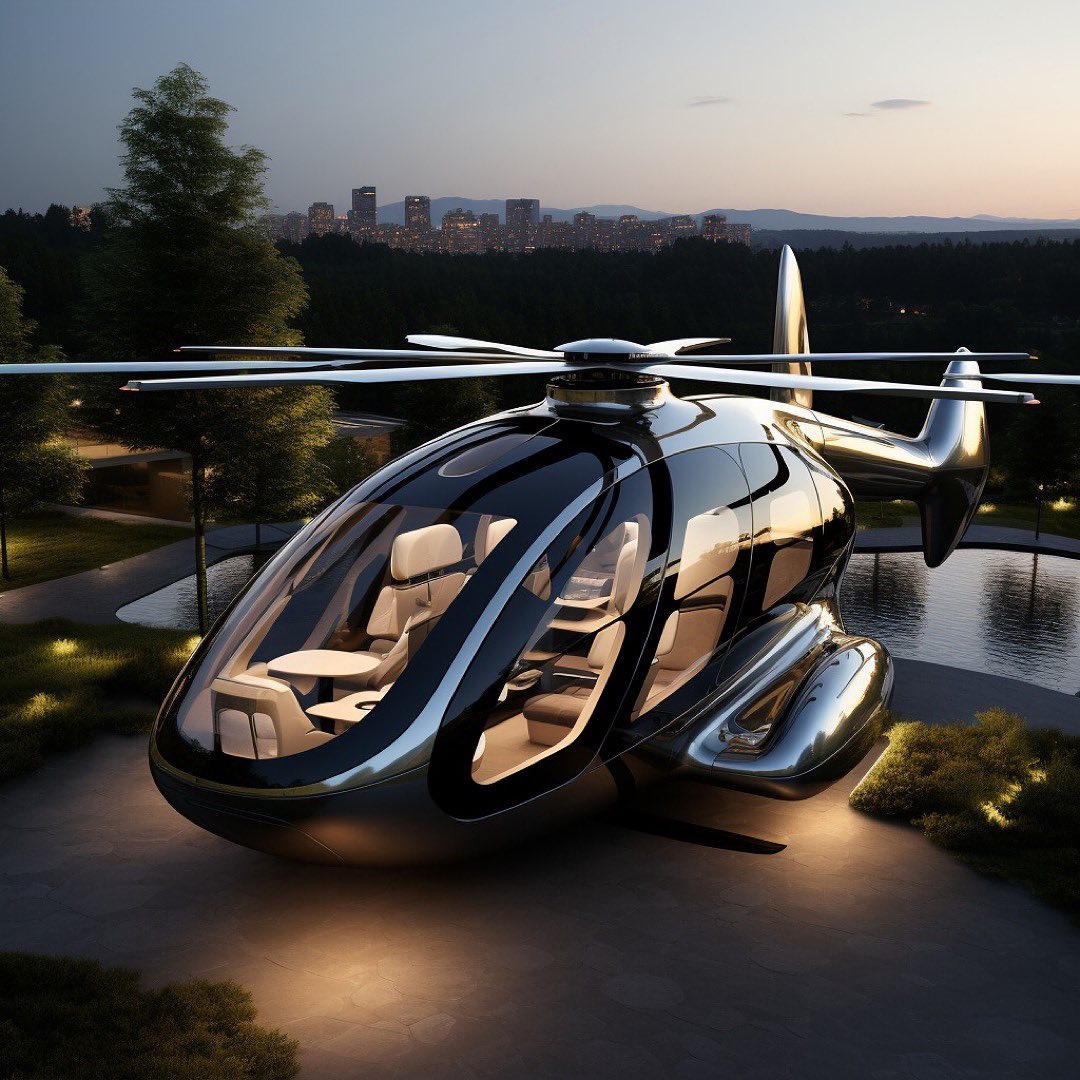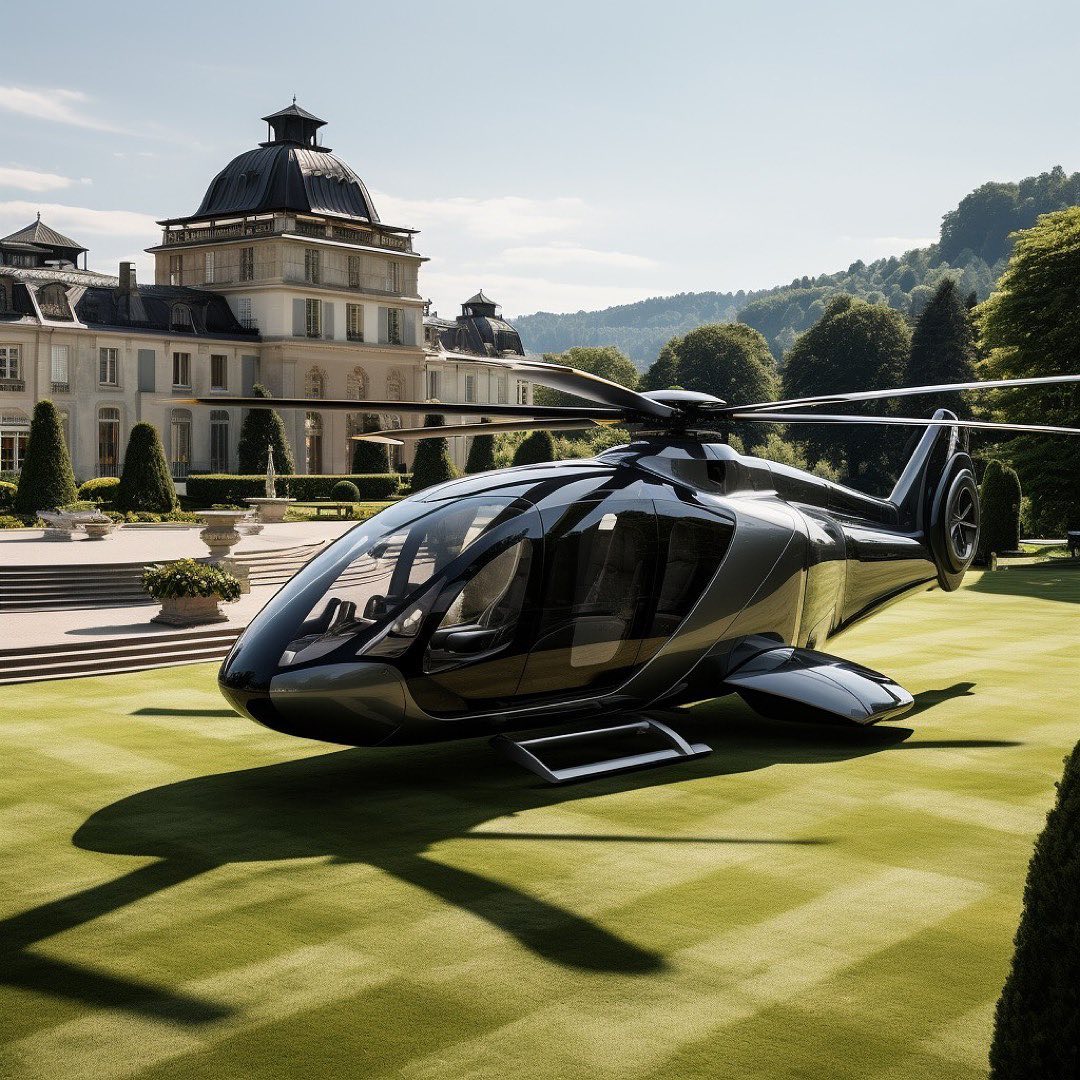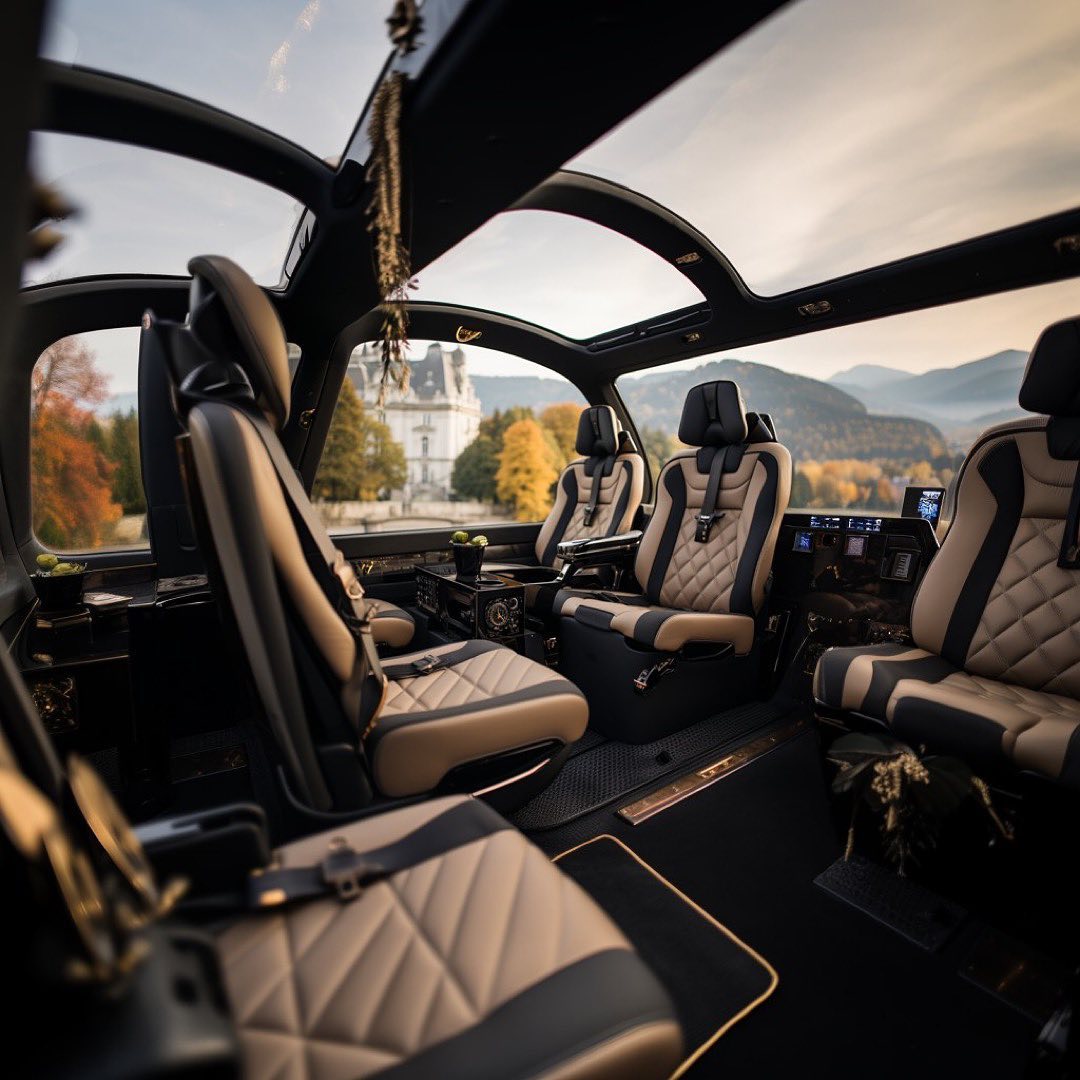In the field of aviation, super helicopters have become a symbol of technological progress and modernity. With excellent flight capabilities and outstanding flexibility, they not only undertake important missions but can also perform jobs that other aircraft cannot perform.

One of the main characteristics of super helicopters is their ability to take off, land vertically, and fly horizontally. This allows them to perform tasks in confined spaces and hard-to-reach locations. Especially in military and rescue operations, this ability becomes extremely important and saves time.

Helicopters can also be equipped with anti-missile defence and warning systems, which help protect the crew and passengers from threats. In addition, they are capable of carrying goods and transporting people over long distances and in short periods of time, helping to optimise performance and save costs.

Another advantage of superhelicopters is their ability to perform diverse missions. They can be used in military operations, firefighting, rescue, cargo transportation, tourism, and many other fields. Their flexible adaptability is one of the important factors that helps improve efficiency and reliability in performing different tasks.

Technology is increasingly advancing, and aircraft manufacturers are constantly upgrading and developing super helicopters. This means they become increasingly smarter, safer, and more efficient. Features such as automation, intelligent control systems, and automatic flight capabilities have brought maximum convenience and precision during operations.

Super helicopters have become a symbol of technological development and outstanding capabilities in the field of aviation. With the ability to perform diverse tasks and high flexibility, they play an important role in the military, rescue, and many other fields. Technological advances will continue to enhance their capabilities and performance, opening up promising prospects for the future of super helicopters.
